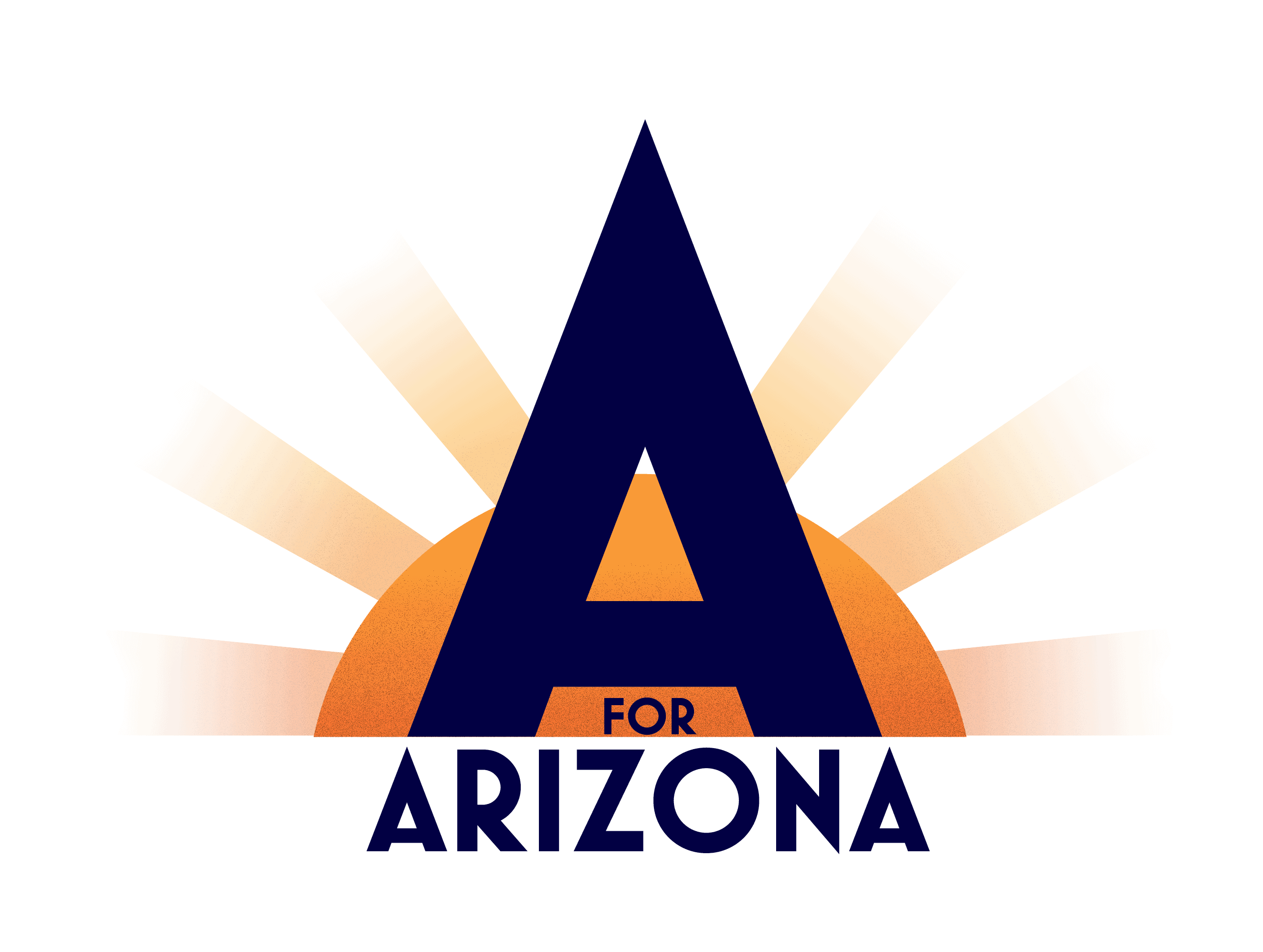PHOENIX – A for Arizona released today “How Much Is Your Student Worth?”, a policy report focused on the irrational inequities in Arizona’s current K-12 education finance system.
A strong public education finance system allocates funding based on the needs of each student, not based on the student’s zip code. Arizona’s operational formula acting alone has offered that strength since 1980, but the system has become overwhelmed by funding differences based on property wealth, type of public school, and special elections that benefit only a small percentage of students. Over the past 40 years, while Arizona has grown a diverse system of public school models, the fairness Arizonans expect in student funding has evaporated.
Currently, students who attend a district school that does not benefit from additional local property tax levies or other discretionary revenues are funded at lower dollar amounts than their peers. Students who attend public charter schools are also funded differently and at a lower rate than their district peers. In both cases, these differences are not small.
“Our kids need us now more than ever to create the best conditions for their future, and that requires changing how we fund students and demanding high quality education for all. Every child in rural, urban, and suburban Arizona deserves an education that sets them up for success,” said Emily Anne Gullickson, Founder and CEO of A for Arizona. “A better way is possible – changing how we fund students and prioritizing resources around what works can help ensure that we provide a better future for every student. By eliminating the gimmicks that erode the basic fairness of our K-12 operational formula, we can make that goal a reality.”
A recent poll by Public Opinion Strategies commissioned by education advocacy organizations revealed that nearly eight-in-ten Arizona voters agree that every public K-12 student should be funded the same way no matter what school they attend or where they live and 70% of Arizona voters support a single student funding formula to ensure more equal funding.
The policy brief highlights the public funding mechanics that make these disparities possible and provides strategies that restore fairness in funding the needs of each student and the opportunity to earn funding:
- Common Base Level Funding: Collapse non-voter approved funding enhancements available to school districts but not to public charter schools into a common Base Level for all public schools. This increases student-level funding for every single student and reduces inequities across different types of public school models.
- Opt-In Student-Centered Funding Formula: Start to address the larger disparities in funding for students in many district schools by creating an opt-in, alternative student-centered funding formula.
- Achievement Revenues: Move achievement revenues into the formula to improve transparency, stability for local educators, and to emphasize the state’s commitment to great outcomes for every single student.
- Stabilize Transportation Funding: Repurpose revenue allocated for transportation services no longer being provided by school districts and for students no longer in attendance to stabilize transportation funding for district and charter schools who require and desire to provide transportation services.
- Accessing Empty School Buildings: Address barriers to accessing and updating empty school buildings gives students the quality schools they need, strengthens communities, and makes them better places to live.
###
About A for Arizona
At A for Arizona, we firmly believe that expanding excellence is our best chance to ensure all K-12 students have access to, and benefit from, high-performing schools and all educational opportunities. We imagine a day where excellence has spread, and failure has fallen away, leaving only the best learning options available for all students.

